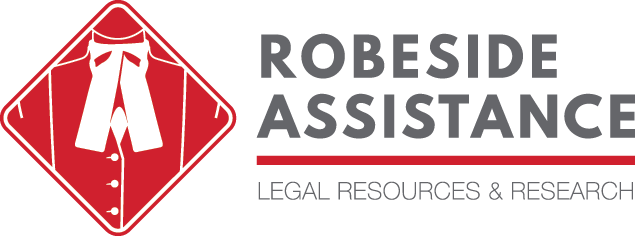As the renovation process is a long one, we’ve made some changes here in our space to help fulfill some of our needs or wants for the library in the meantime. Most of these we’ve been able to do for a very low cost, and usually by using materials or items that we already have in the library. Re-using and re-purposing existing materials for these measures has been quite important to us, from both an environmental and financial standpoint.
One of the biggest changes we’ve made – almost everyone comments on it, as you see it as soon as you enter the library – is the construction of a wall in the reference desk area. Astute observers will know that what started out as three desks in a row became two desks and a wall of bookcases last fall. Then, earlier this year, two desks became one desk, and the wall shifted forward. What happened there? The library staff had been discussing how to make it possible to be “off” the reference desk, even though we were completely out of office space. We thought (very briefly) about modular walls, but they were a) expensive, and b) not nice to look it. It would look a little too jerry-rigged for our liking, and if this was a temporary measure, we certainly didn’t want to spend very much money on it. It came to us one day that a perfectly suitable “wall” could be made with bookcases, doubled up for stability and extra storage, and anchored down. Not only would it create a partition behind which a private desk could be located, but it was a great visual reminder that we have books behind the desk (really good books, at that!). It was an immediate success, and after a few months, the wall moved forward just a bit more. The space behind now houses two desks, with the third, the official reference desk, in front. While sitting “out front” of the wall, it’s all reference, all the time. You’re never, ever bothering us when we’re sitting there, we promise! The space behind the wall affords staff members a bit more quiet space, to do more involved legal research, update the CCLA website, and process new materials for the library. The move (or rather, moves) were a lot of physical work, but cost almost nothing.* To paraphrase those Mastercard commercials, having something approximating two new offices in an already maxed out space: priceless.
Less labour-intensive changes have included a re-vamping of our current periodicals display. By reassigning a wall-mounted display unit from next to the library washrooms to the reading room, we were able to attractively display our new periodicals. We supplemented this with a new holder for newspapers – something our old periodicals display was ill-equipped to hold – and a new, smaller wall-mounted display unit near the reference desk, and suddenly our displays for new magazines, papers, newsletters, and brochures where clean, tidy, well-stocked, and accessible. We’ve also tidied up our public computer area. We’d love to purchase new computer desks, but in the interim, we’ve re-configured how the computers are set-up on the desks, allowing for more work space and less visual clutter. We also unearthed some very spiffy chairs in storage that look a whole lot nicer than the old computer chairs. These cost effective and environmentally friendly changes have made quite the difference for the library, and will see us into the renovations nicely.
Our only regrets in this whole process? The CCLA staff members are the absolute worst for documenting anything with pictures. Every time we make a change that is truly mindblowing, we realize we should have taken before and after photos. Maybe some things – like those awful computer chairs – are best just forgotten.
*Total costs amounted to a new cable to run Internet access through, two bulletin boards, and one shawarma dinner for former Reference Librarian Katie’s husband, who has moved around more furniture in this library than he probably cares to remember.




